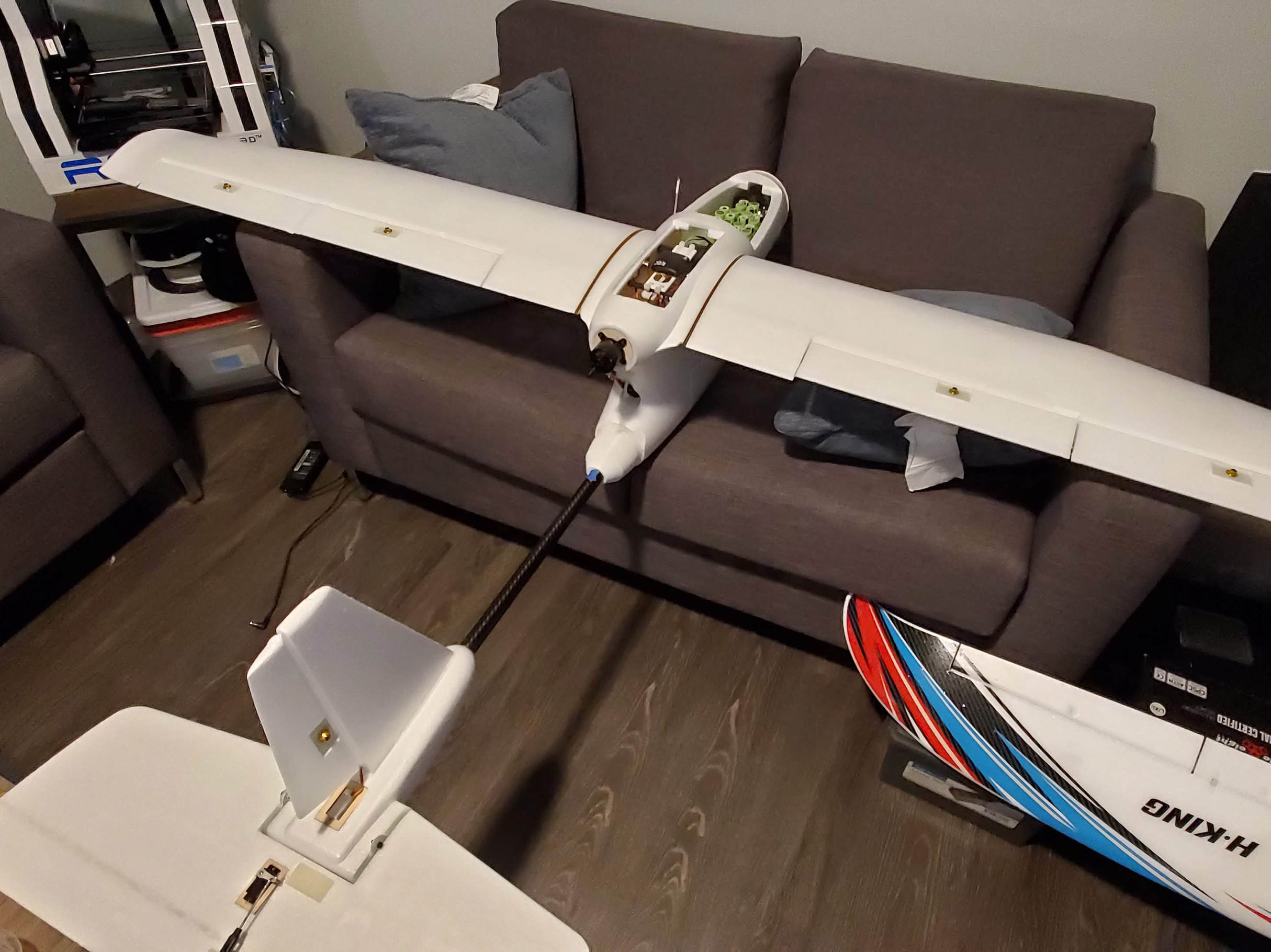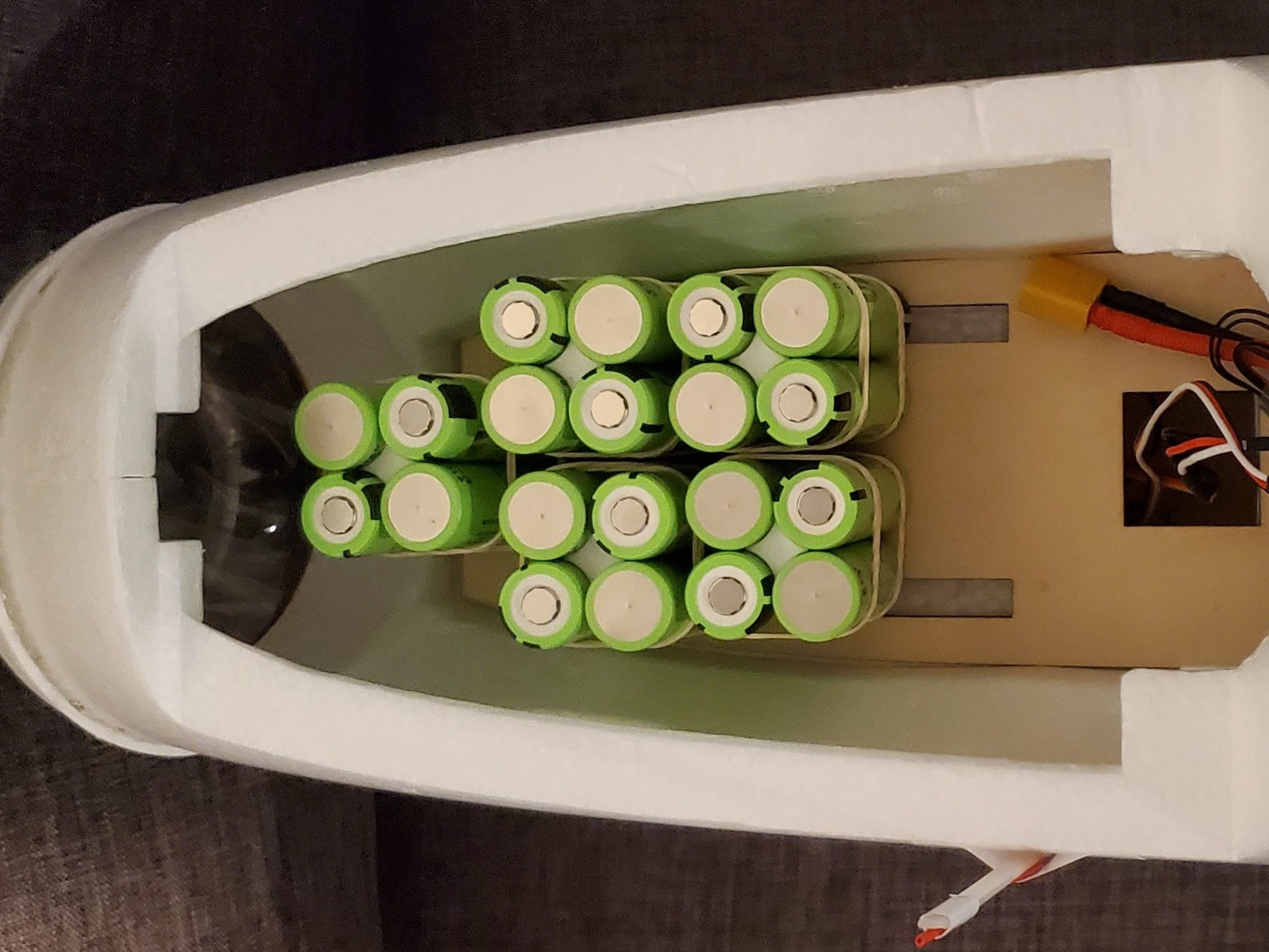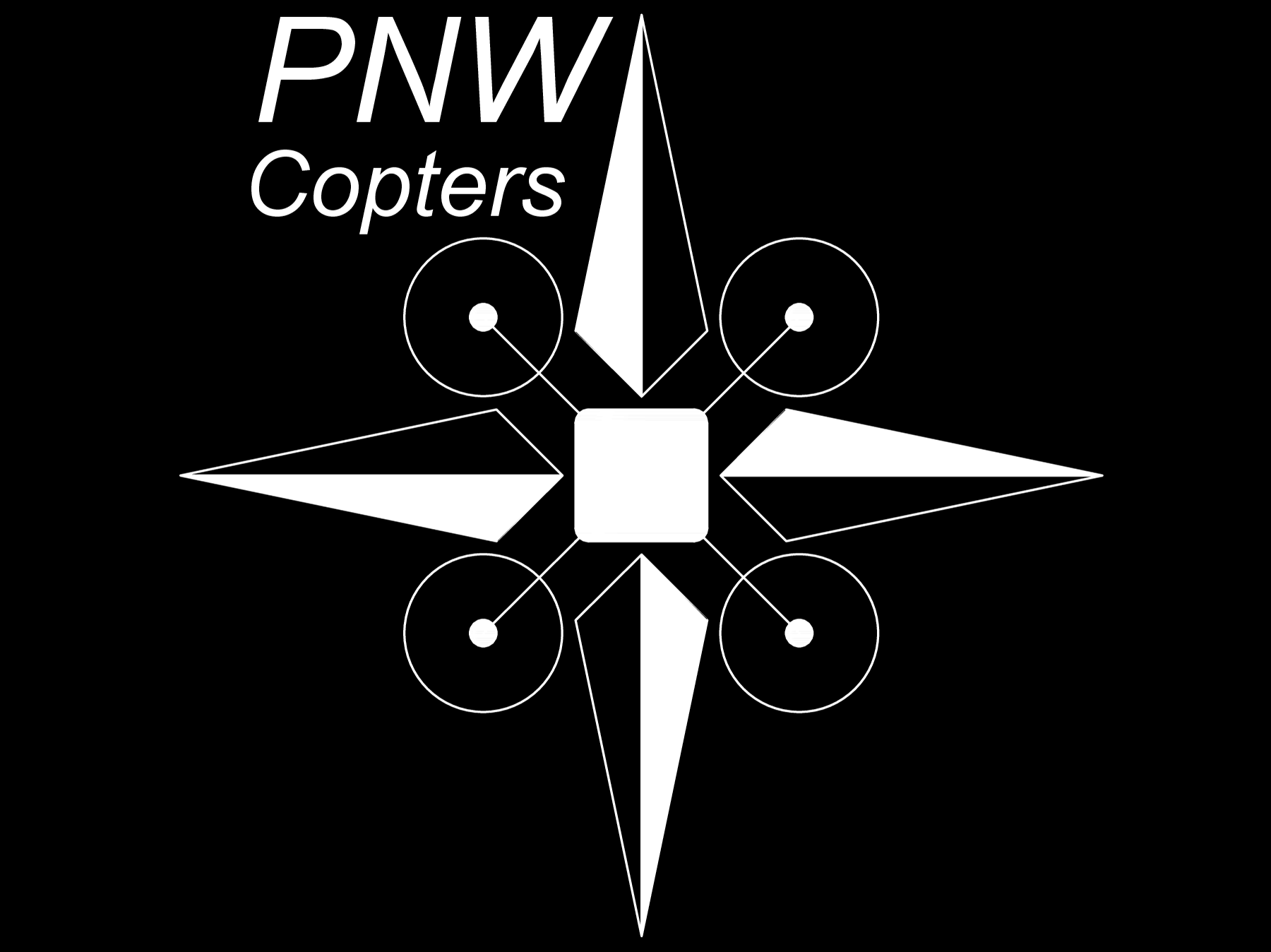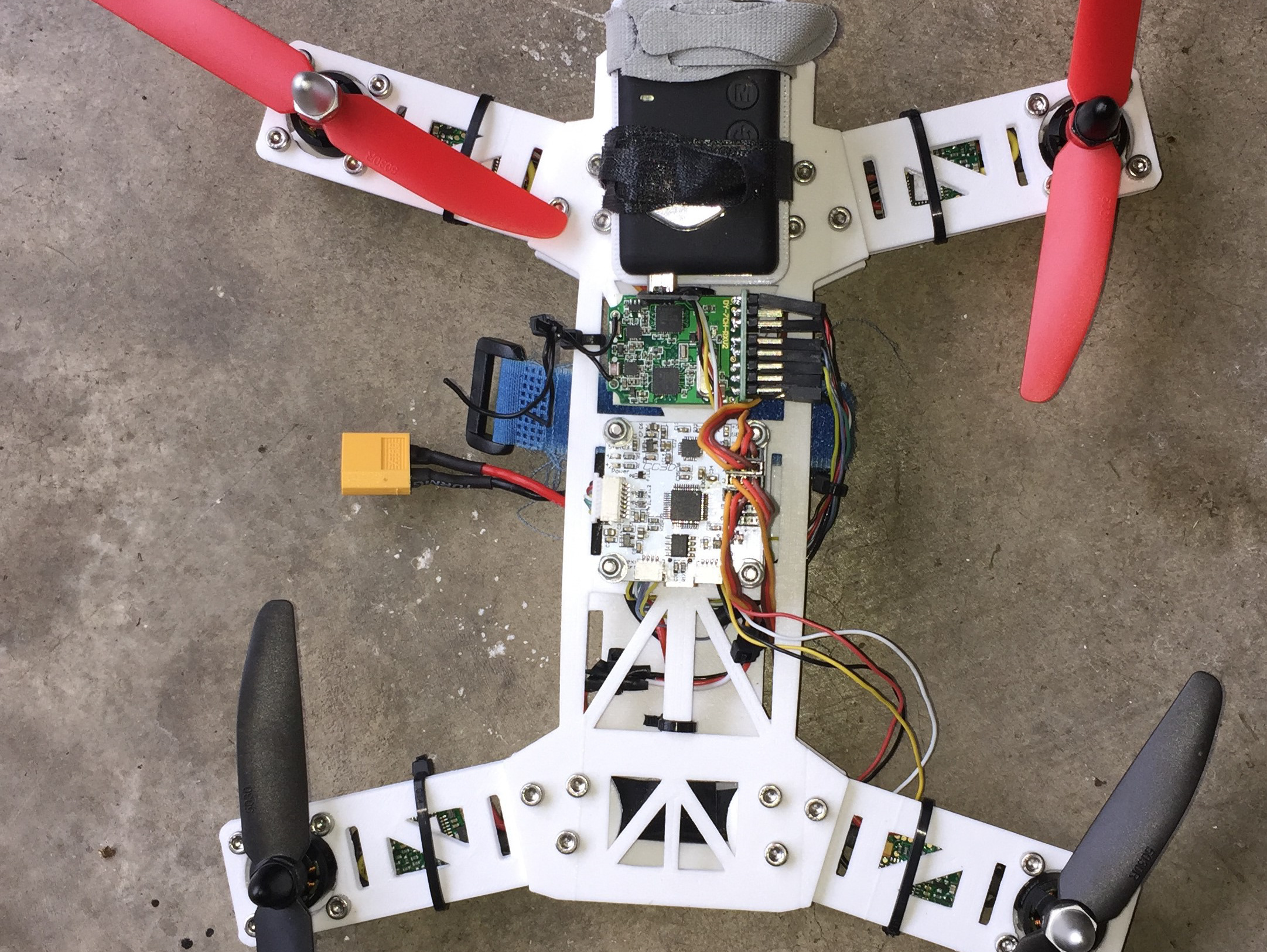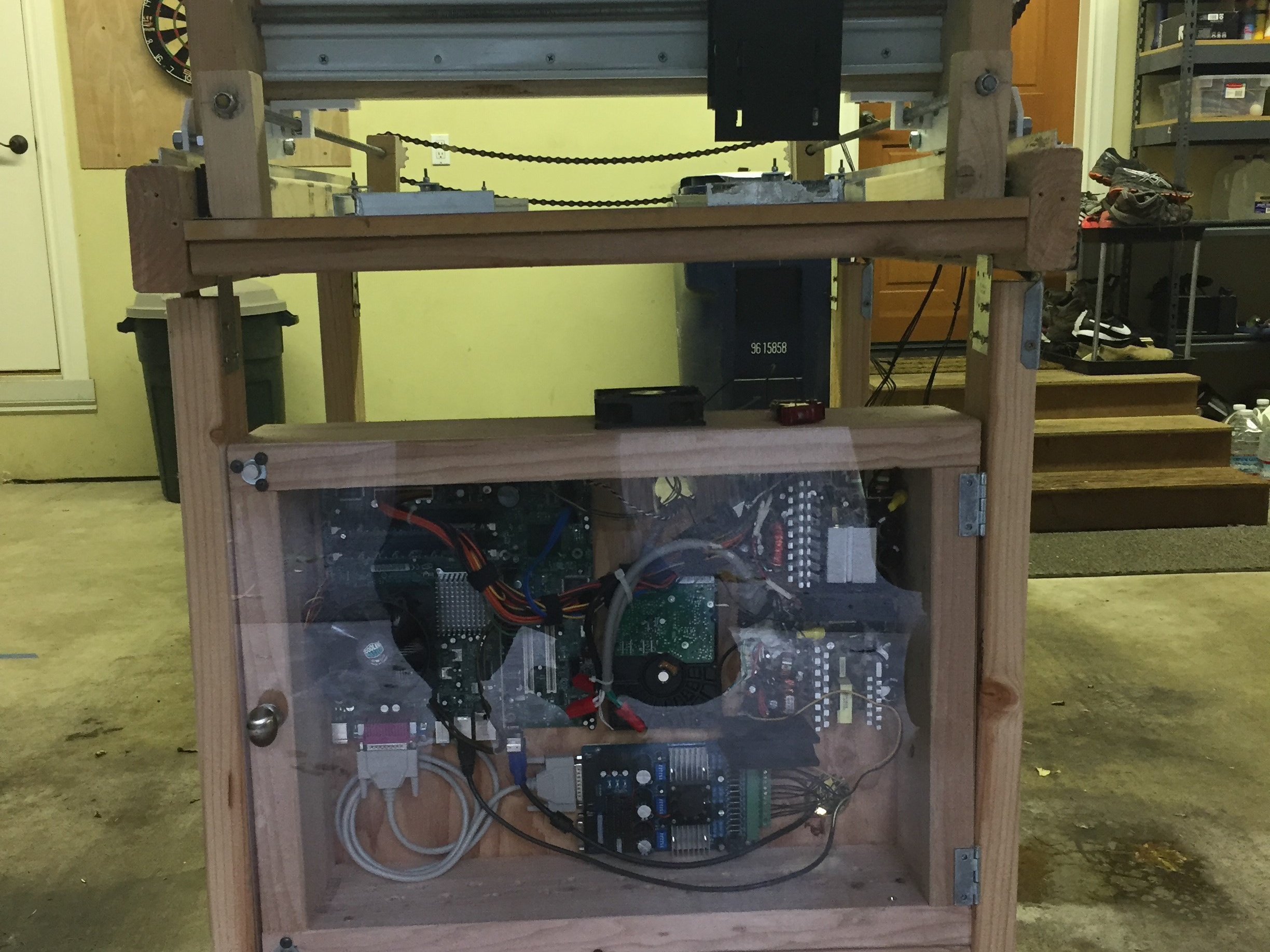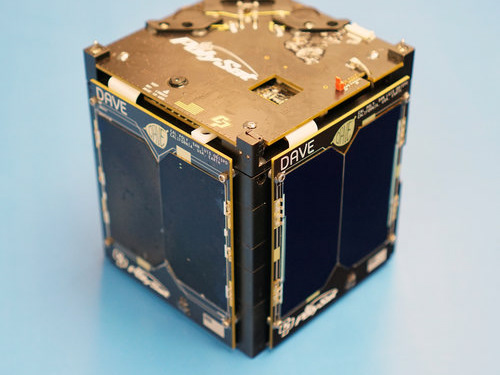Overview:
In collaboration between Cal Poly and the NASA Small Sat Program, the Cal Poly Astronautics Senior Design class of 65 students were tasked with creating a telecommunications and navigational coverage of the entire lunar surface. The scope of the project is to establish a mission profile and requirements in order to complete the objectives spelled out by the customer. Also the design of each spacecraft involved is also expected to be completed by the end of the project. To judge our progress and create milestones for the project, four industry reviews will take place during the span of the project as well as a symposium where those from industry will travel to our campus to hear our fully designed mission.
Below you will be able to find the RFP given to us by NASA Small Spacecraft that our program will be answering to.
Feasibility Determination:
Once receiving the RFP provided by NASA, the first item on the agenda was establishing a management structure due to the large pool of students working on the project. Through voting, I was elected to run the entire project as a program manager. The first step was setting up a organizational structure so the project could get started as soon as possible.
Taking the details and requirements spelled out by the RFP from NASA, the next step was to immediately dive into what the concept of the mission would look like. After teams were developed for each subsystem of the spacecrafts buses and payloads, research began into what would be needed in order to achieve this goal. Through two months of research, it would be possible to now bring the research all back together to develop a mission concept. Below can be seen the concept of operations for the life-cycle of the spacecrafts.
From the concept of operations, the individual operation stages for each spacecraft can be seen below. The two spacecraft are a communications satellite and a navigational satellite.
Communications Satellite CONOPS
Navigational Satellite CONOPS
To review our mission concepts and get some feedback from industry, we traveled to Palo Alto, CA to meet with MAXAR. MAXAR has a lot of experience building communications satellites and were able to provide our team with a lot of insights during our Mission Concept Review in November 2019. One of the key takeaways is to not over complicate a mission with too many satellites and various operational modes of each spacecraft. There fore, moving into the next stage, more continuous research will be done into seeing how the number of spacecraft could be cut down and less operational phases can exist for each spacecraft.
Requirements Decomposition:
The next step moving on from the mission concept review is to begin decomposing the requirements across the program so that the design work can begin. Though before this can happen, the payload for each spacecraft needs to be completely determined so that the requirements can be written to fully support the RFP and the mission critical payload. As the beginning of 2020 progresses, further updates to the program will be added here.
